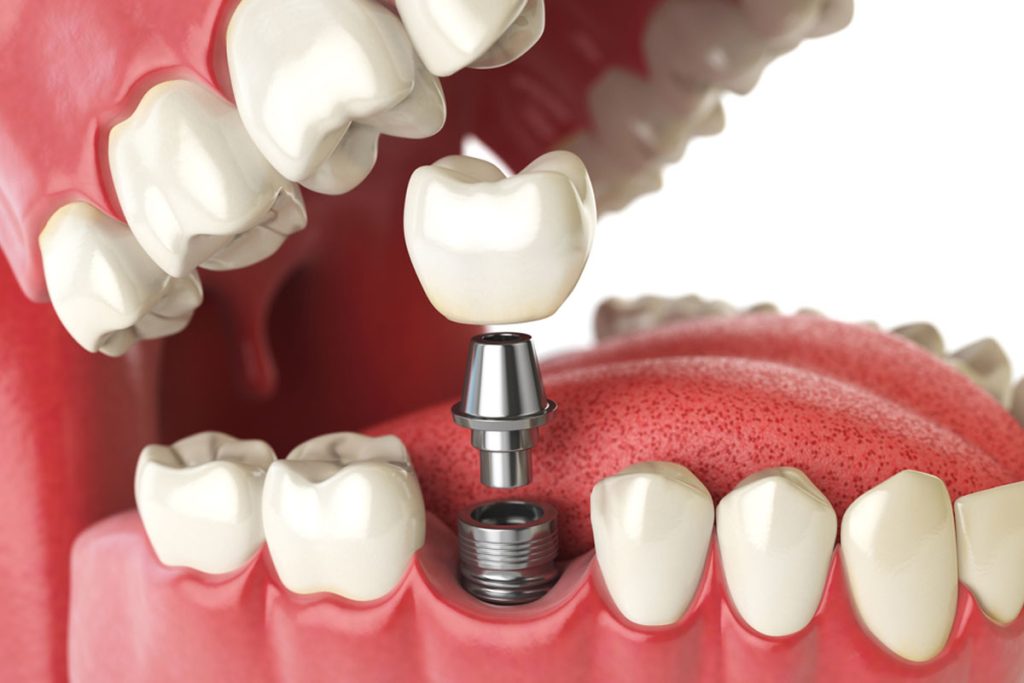
Have you ever wondered how dentists precisely communicate about specific teeth in your mouth? The dental numbering of teeth chart is the key. This system enables dentists worldwide to pinpoint and communicate about teeth accurately.
In dentistry, the Universal Numbering System is commonly used. It assigns a unique number to each tooth, making it easier to reference. Starting from the upper right third molar as tooth number 1 and descending along the upper teeth to the upper left third molar as tooth number 16, the system continues downward to the lower left third molar as tooth number 17 and ends at the lower right third molar as tooth number 32.
Another widely utilized system is the Palmer Notation Method. It employs a symbol-based approach, using brackets to represent quadrants and numbers or letters to denote specific teeth. For instance, the upper right first molar is denoted as [1] and the lower left central incisor as [31].
Understanding dental numbering is crucial not just for dentists but for patients as well. It facilitates precise communication regarding treatments, making it easier to discuss issues and treatment plans. Moreover, it aids in maintaining accurate dental records.
Beyond simple numbering, these systems convey vital anatomical information. For example, tooth number 8 in the Universal Numbering System denotes the upper right central incisor. This simple number indicates the tooth’s location, type, and position in the mouth.
Over time, dental numbering systems have evolved to accommodate technological advancements and the growing complexities of dental treatments. Digital charts and 3D imaging have further refined these systems, allowing for more detailed and accurate records.
Despite their usefulness, challenges exist in dental numbering. Variations in numbering systems across regions or dental practices might lead to confusion. Furthermore, anomalies in tooth development or missing teeth can complicate accurate identification.
Understanding dental numbering empowers patients to comprehend their dental health better. It enables them to engage in informed discussions with their dentists, grasp treatment plans, and take proactive steps in their oral care routines.
In essence, the dental numbering chart serves as a fundamental tool in dentistry, enabling precise communication and documentation regarding teeth. Whether it’s the Universal Numbering System or the Palmer Notation Method, these systems play a pivotal role in dental care, benefiting both practitioners and patients alike. Understanding the intricacies of these systems empowers individuals to take charge of their oral health more effectively.